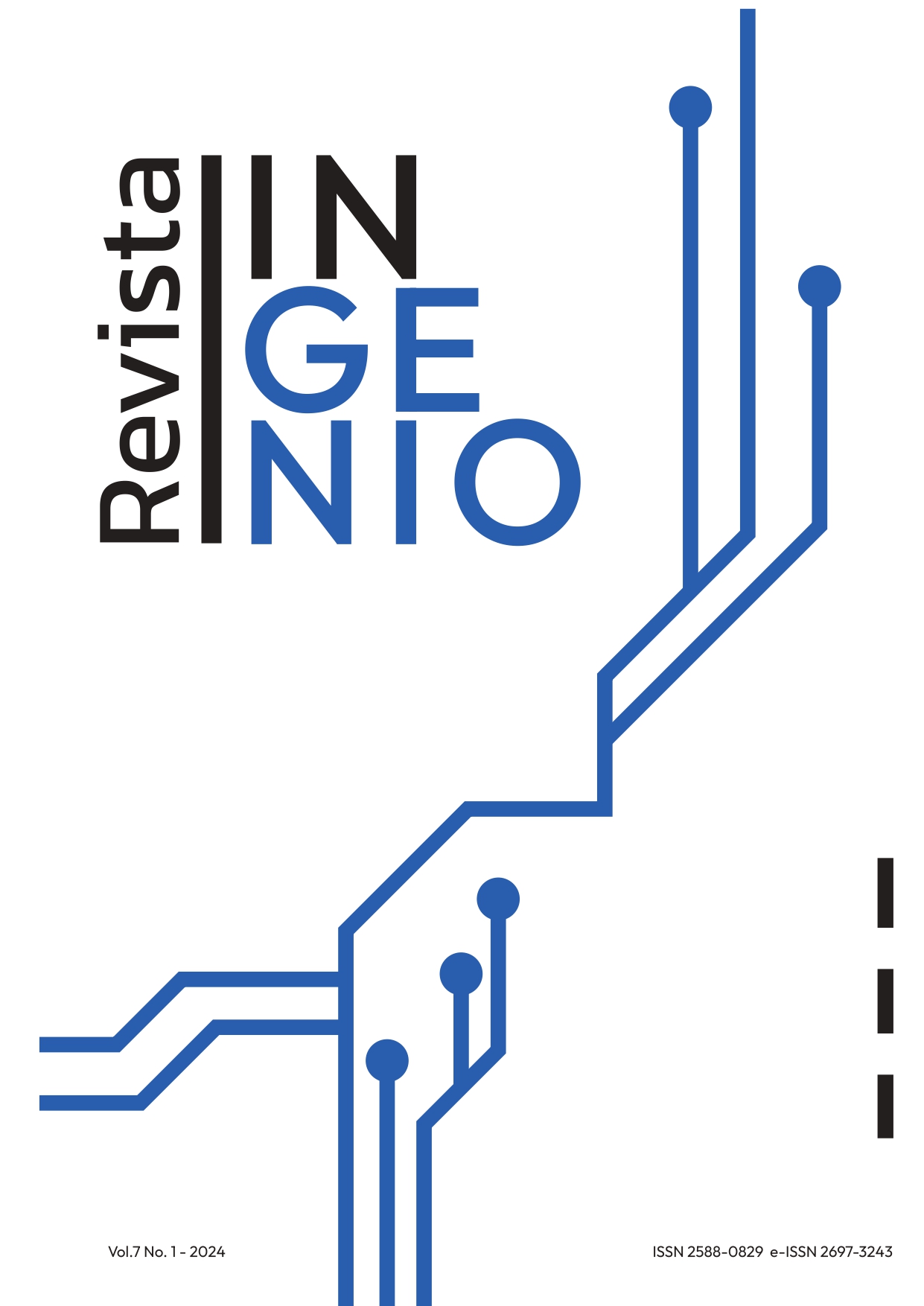Violence in Ecuador: Analysis of Homicides Through Time Series
Main Article Content
Abstract
Violence in Ecuador is unprecedented, the rates of homicides, femicides, robberies, attacks and other types of crimes have increased alarmingly in this country. Every day new events are reported that are news and alarm the community. Government institutions, together with the police organization and the military forces, carry out actions to mitigate the wave of violence without achieving efficient results. This paper analyzes the number of homicides nationwide as a time series to know the behavior of this variable from January 2014 to May 2022. Applying smoothing models, as well as the ARIMA and Neural Network models, the most efficient model is sought. that minimizes the prediction error. Among the smoothing models, the Holt model was found to be the most efficient, however, but when comparing all the applied models, it was found that the Neural Network model is the most efficient with which good forecasts can be obtained.
Downloads
Metrics
Article Details

This work is licensed under a Creative Commons Attribution-NonCommercial-NoDerivatives 4.0 International License.
References
S. Ortiz (22, Dic 29) “Ecuador cierra el 2022 con la peor tasa de homicidios de la historia.” https://www.expreso.ec/actualidad/ecuador-cierra-ano-tasa-homicidios-25-5-peor-historia-145484.html (accessed May 07, 2023).
A. L. Santillán Molina et al., “Drogas, tráfico y crimen organizado como detonante de actos violentos en las cárceles del Ecuador,” Revista Universidad y Sociedad, vol. 14, no. 3, pp. 478–486, 2022, Accessed: May 07, 2023. [Online]. Available: http://scielo.sld.cu/scielo.php?script=sci_arttext&pid=S2218-36202022000300478&lng=es&nrm=iso&tlng=en
A. C. Juárez, C. A. Zuñiga, J. L. M. Flores, and D. S. Partida, “Análisis de series de tiempo en el pronóstico de la demanda de almacenamiento de productos perecederos,” Estudios Gerenciales, vol. 32, no. 141, pp. 387–396, doi: 10.1016/J.ESTGER.2016.11.002. DOI: https://doi.org/10.1016/j.estger.2016.11.002
D. R. (David R. Anderson, D. J. Sweeney, and T. A. Williams, “Estadística para negocios y economía,” p. 1080, 2012.
R. J. Hyndman, “Forecasting: Forecasting: Principles & Practice,” no. September, p. 138, 2014, Accessed: May 07, 2023. [Online]. Available: robjhyndman.com/uwa%5Cnhttp://robjhyndman.com/papers/forecasting-age-specific-breast-cancer-mortality-using-functional-data-models/
S. Siami-Namini and A. S. Namin, “Forecasting Economics and Financial Time Series: ARIMA vs. LSTM,” Mar. 2018, Accessed: May 07, 2023. [Online]. Available: http://arxiv.org/abs/1803.06386
Z. Pala and R. Atici, “Forecasting Sunspot Time Series Using Deep Learning Methods,” Sol Phys, vol. 294, no. 5, pp. 1–14, May 2019, doi: 10.1007/S11207-019-1434-6/METRICS. DOI: https://doi.org/10.1007/s11207-019-1434-6
A. DE Técnicas Econométricas Y and A. Ramón Chung Pinzás, “APLICACIÓN DE TÉCNICAS ECONOMÉTRICAS Y MACHINE LEARNING PARA SERIES DE TIEMPO UNIVARIADAS EN UNA ESCUELA PROFESIONAL DE UNA UNIVERSIDAD PÚBLICA,” Veritas, vol. 23, no. 1, pp. 47–51, Jan. 2023, doi: 10.35286/VERITAS.V23I1.335.
INEC, “Justicia y crimen” https://www.ecuadorencifras.gob.ec/justicia-y-crimen/ (accessed May 07, 2023).





